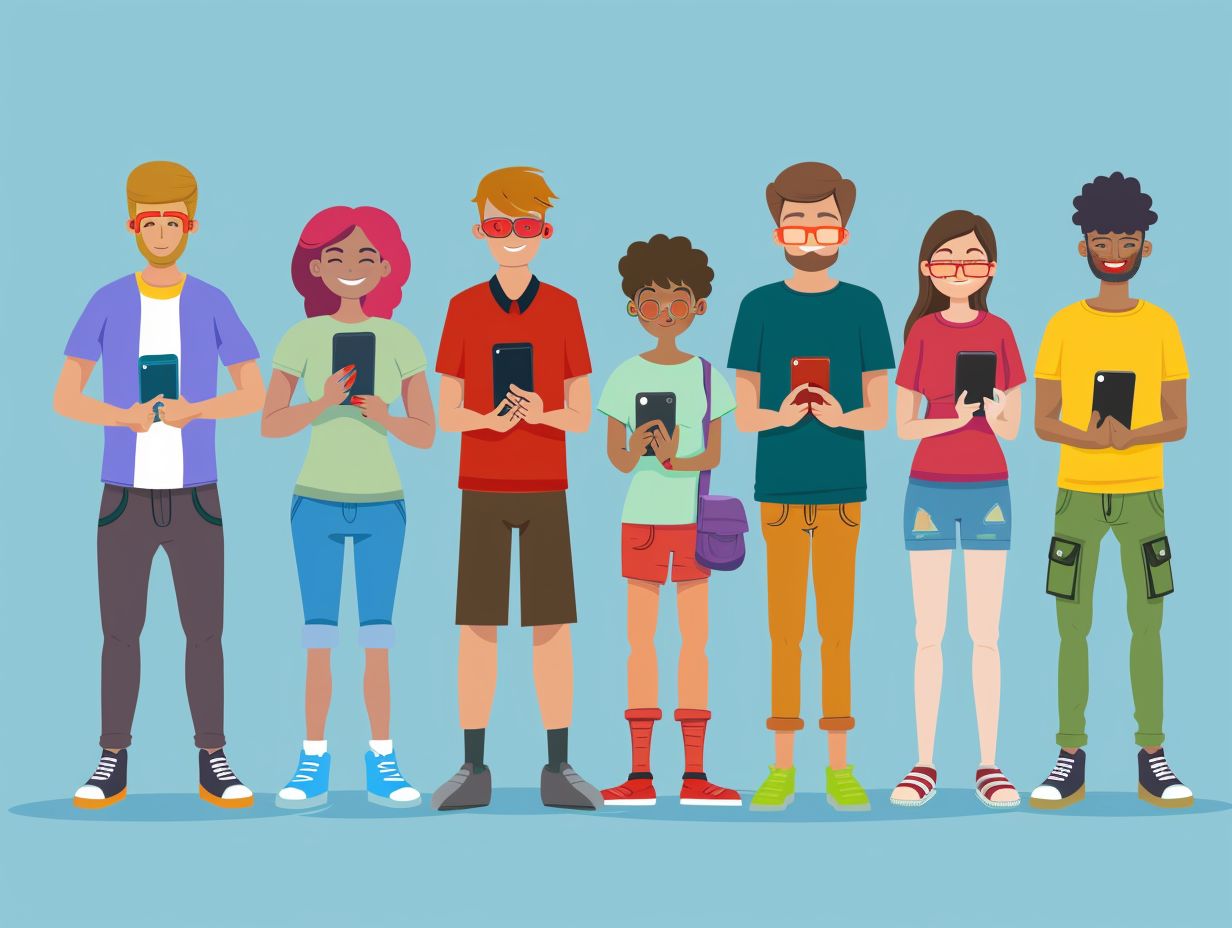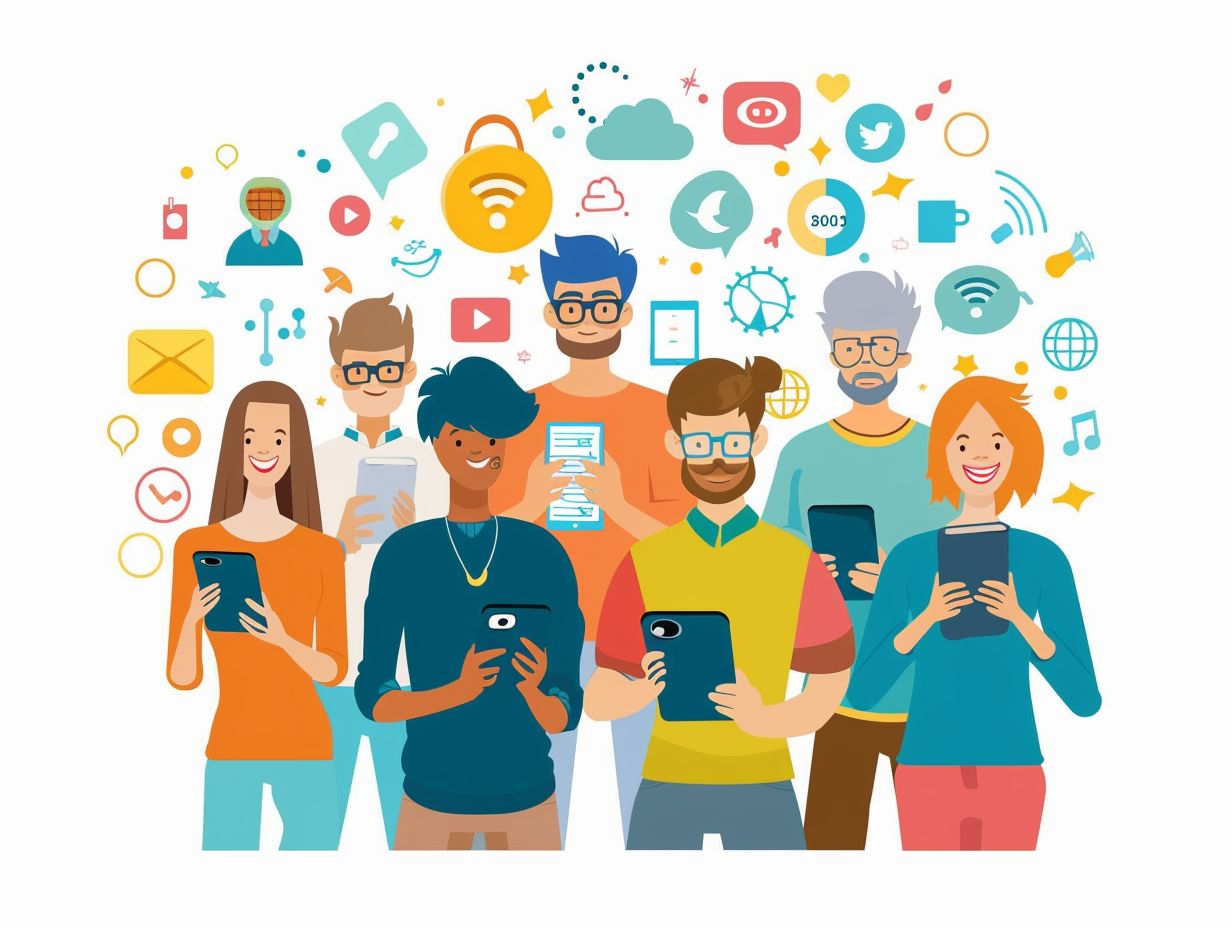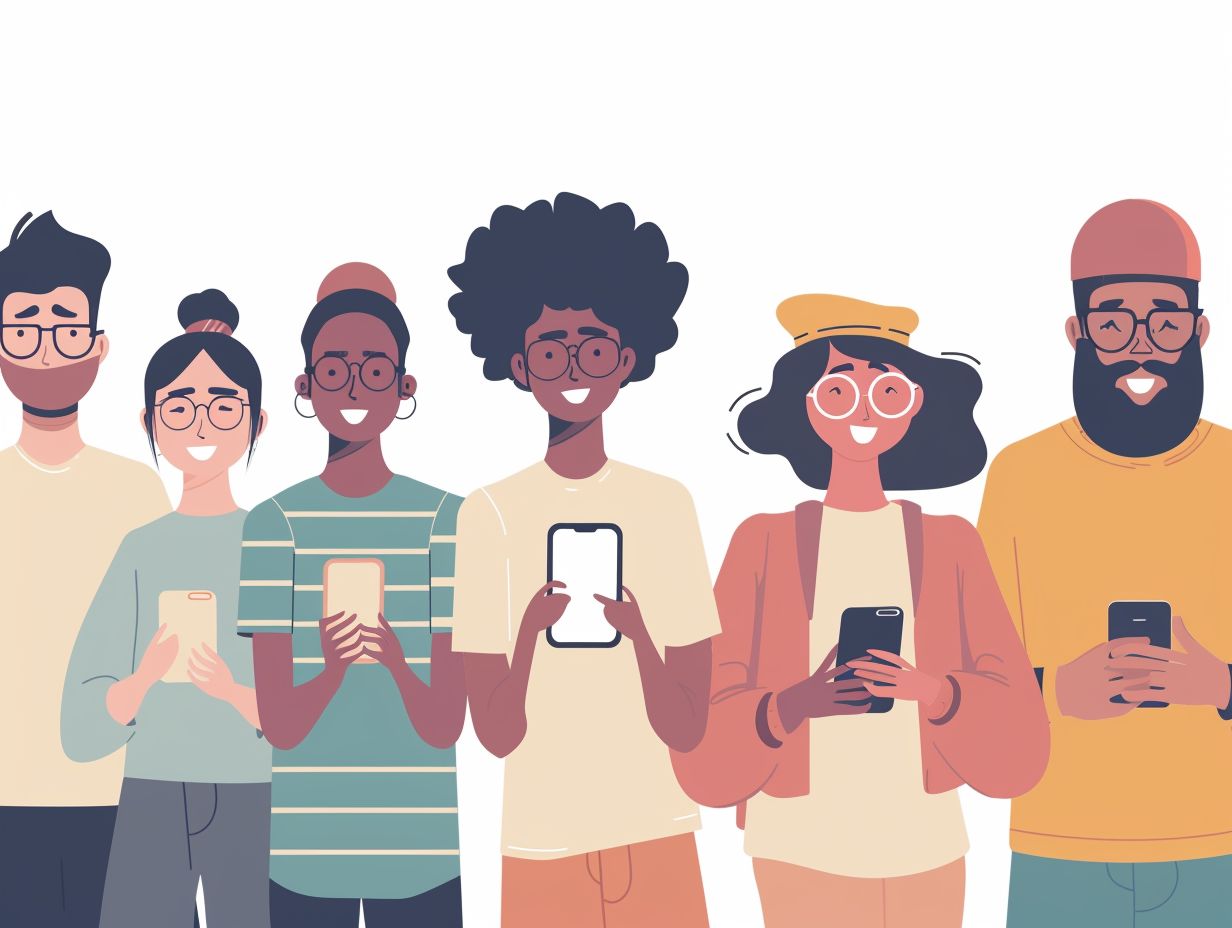Mobile learning has transformed the landscape of technical training, providing an array of advantages for both learners and educators. The increased accessibility and flexibility, along with enhanced engagement and interactivity, are key factors that position mobile learning as a game-changer in the realm of technical training.
While the implementation of mobile learning brings significant benefits, it also poses challenges such as technical requirements and content adaptation.
This article delves into the benefits, challenges, best practices, and future prospects of mobile learning in technical training. It also examines emerging technologies and trends that are shaping the industry.
Key Takeaways:

What is Mobile Learning?
Mobile learning involves utilizing portable electronic devices like smartphones or tablets to access educational content and resources remotely. It allows you, as a learner, to interact with course materials and training programs through technology, offering flexibility in learning environments and access to educational resources.
This method of learning has become increasingly essential in the education sector because it has the capacity to reach a broader audience and cater to various learning styles. Through the integration of interactive multimedia content delivery, mobile learning enhances user engagement and improves information retention.
As a learner, you can conveniently reach learning materials at your own pace, anywhere and at any time, which facilitates a personalized learning experience. Technology also enables real-time feedback and communication between you and the instructors, creating a supportive learning environment.
The Benefits of Mobile Learning in Technical Training
Mobile learning presents several benefits in technical training for the workforce. It improves access to training materials, enabling employees to conveniently interact with content on their smartphones or other portable devices. This heightened accessibility results in increased engagement levels among learners, promoting improved retention and comprehension of technical concepts.
Increased Accessibility and Flexibility
One of the key advantages of mobile learning is the increased accessibility and flexibility it provides to you as a learner. By utilizing smartphones or tablets, you can engage in continuous learning anytime, anywhere, and at your own pace, thereby breaking the barriers of traditional classroom-based training.
Mobile learning enhances productivity by enabling you to incorporate learning into your daily routines, which can result in personal and professional growth. The convenience of accessing learning materials on-the-go enables you to seize opportunities for skill development and career advancement. Embracing mobile learning fosters a culture of continuous learning, nurturing a mindset of curiosity and adaptability crucial for navigating today’s fast-paced work environments.
Enhanced Engagement and Interactivity
Mobile learning can enhance your engagement and interactivity by integrating interactive elements like quizzes, videos, and gamified activities. This approach ensures that you stay engaged and motivated, leading to better retention of information and improved learning outcomes.
When gamification is incorporated into mobile learning, you are not only presented with challenges but also rewarded for your progress. This makes the learning experience more enjoyable and immersive, as the element of competition and achievement encourages you to actively engage and maintain focus on achieving your learning goals.
The collaborative features of mobile learning platforms further promote engagement by enabling you to interact with peers, exchange insights, and collaborate on projects in real-time. This interaction helps reinforce your understanding of the material. The flexibility and cost-effectiveness of mobile learning make it an appealing choice for organizations seeking engaging and collaborative training solutions.
Challenges and Solutions for Implementing Mobile Learning in Technical Training

When implementing mobile learning in technical training, you will encounter challenges associated with technical requirements and infrastructure. It is essential to ensure that your workforce has access to compatible devices and stable internet connections to facilitate the successful deployment of mobile learning solutions.
Technical Requirements and Infrastructure
In the successful implementation of mobile learning, you must pay close attention to technical requirements and infrastructure. Factors such as developing a white-label mobile app, ensuring compatibility across various devices, and effectively managing app store accounts for distribution are all essential considerations for organizations.
Utilizing native mobile app technology is paramount for delivering a seamless user experience. By leveraging the native features of mobile devices, learners are able to access content offline, receive push notifications, and engage in real-time interactions. This not only improves accessibility but also ensures that learners can interact with the material at their convenience.
Additionally, tailoring the learning experience through personalized dashboards, interactive modules, and adaptive assessments can further enhance flexibility and drive learner engagement. The broader audience reach facilitated by app stores can also help in expanding the reach of mobile learning initiatives and increasing their overall impact.
Adapting Content for Mobile Devices
When adapting content for mobile devices in mobile learning, it is essential to ensure optimal delivery and engagement. Content originally designed for desktop computers may require restructuring to align with the smaller screens and interactive capabilities of smartphones and tablets.
This process involves the implementation of responsive design principles that enable content to adjust seamlessly across various screen sizes. By focusing on optimizing user experience, online courses and e-learning platforms can offer a consistent and user-friendly interface for learners using different devices.
Key elements in enhancing engagement levels include ensuring user-friendly navigation, quick loading of images, and easy readability of text. Effective adaptation of mobile content can have a significant impact, leading to increased participation rates and improved learning outcomes in the digital education landscape.
Best Practices for Mobile Learning in Technical Training
When implementing mobile learning in technical training, you must adhere to best practices to ensure engaging and effective learning experiences. By incorporating collaborative learning opportunities and feedback mechanisms, you can enhance the overall learning process for employees.
Designing Engaging and Effective Mobile Learning Modules
Designing engaging and effective mobile learning modules is crucial for the success of technical training programs. By incorporating interactive elements, gamification, and multimedia content, you can create cost-effective and impactful learning experiences for your workforce.
This design process involves a strategic approach to ensure that the mobile modules not only deliver knowledge effectively but also engage learners in a way that fosters retention and application of information. Utilizing a white-label mobile app like LearnWorlds can provide a customizable platform for your organization to tailor training modules to specific needs, enhancing both the learning experience and the overall effectiveness of the program. Integrating quizzes, simulations, and discussion forums into the modules can further promote active participation and knowledge retention among participants.
Incorporating Collaborative Learning and Feedback

Incorporating collaborative learning and feedback mechanisms in mobile learning can help foster a culture of continuous growth and improvement among employees. By encouraging collaboration and providing timely feedback, organizations can enhance the learning experience and drive professional development.
Employees stand to gain significantly from engaging in collaborative learning, as it allows them to access diverse perspectives and knowledge pools, thereby contributing to a more comprehensive understanding of the subject matter. The benefits of receiving feedback in real-time or through structured evaluations are substantial, as it enables individuals to identify areas for improvement and capitalize on their strengths. By establishing a supportive environment that promotes knowledge sharing and constructive criticism, organizations can harness the power of collaborative learning to stimulate innovation and enhance overall productivity.
Future of Mobile Learning in Technical Training
The future of mobile learning in technical training is closely linked to emerging technologies and evolving trends in the educational sector. Innovations like augmented reality, artificial intelligence, and personalized learning experiences are playing a significant role in shaping the future landscape of mobile learning.
Emerging Technologies and Trends
The field of mobile learning is being revolutionized by the adoption of emerging technologies and trends. Advancements in accessibility features, personalized learning pathways, and adaptive technologies are reshaping the delivery of technical training to learners.
These technological developments have greatly enhanced engagement among learners by offering interactive and immersive learning experiences. The increased accessibility to educational resources via mobile devices allows learners to access information at any time and from any location. The incorporation of adaptive technologies enables customized learning experiences that cater to individual needs and learning styles. Consequently, mobile learning has evolved into a dynamic and effective approach for acquiring knowledge and developing skills.
Frequently Asked Questions
1. What is mobile learning and how does it impact technical training?
Mobile learning, also known as m-learning, refers to the use of mobile devices such as smartphones and tablets to access educational materials and resources. It has a significant impact on technical training by providing learners with convenient and flexible access to training materials anytime and anywhere, allowing for more personalized and engaging learning experiences.
2. What are the benefits of incorporating mobile learning in technical training?

The benefits of mobile learning in technical training are numerous. It allows for on-the-go learning, which is especially useful for busy professionals. It also promotes self-paced learning, as learners can access materials at their own speed. Additionally, mobile learning can improve engagement and retention of material, as learners can interact with content through quizzes, games, and other interactive features.
3. Are there any challenges associated with implementing mobile learning in technical training?
While mobile learning has many benefits, it also comes with its challenges. Technical issues, such as compatibility with different devices and internet connectivity, can hinder the learning experience. Additionally, some learners may struggle with self-directed learning and require more guidance and support from instructors.
4. Can mobile learning be used for hands-on technical training?
Yes, mobile learning can be used for hands-on technical training. With the use of simulations and virtual reality, learners can practice technical skills and procedures on their mobile devices. This not only saves time and resources but also allows for a more interactive and immersive learning experience.
5. How can organizations incorporate mobile learning into their technical training programs?
Organizations can incorporate mobile learning into their technical training programs by using learning management systems that are compatible with mobile devices. They can also develop their own mobile applications or use existing ones to deliver training materials. Additionally, they can provide learners with mobile devices or allow them to use their own.
6. Is mobile learning suitable for all types of technical training?
While mobile learning can be beneficial for many types of technical training, it may not be suitable for all. Hands-on training and complex technical concepts may require in-person instruction and physical materials. It is important for organizations to carefully consider the type of training and the learning objectives before deciding to incorporate mobile learning into their programs.
